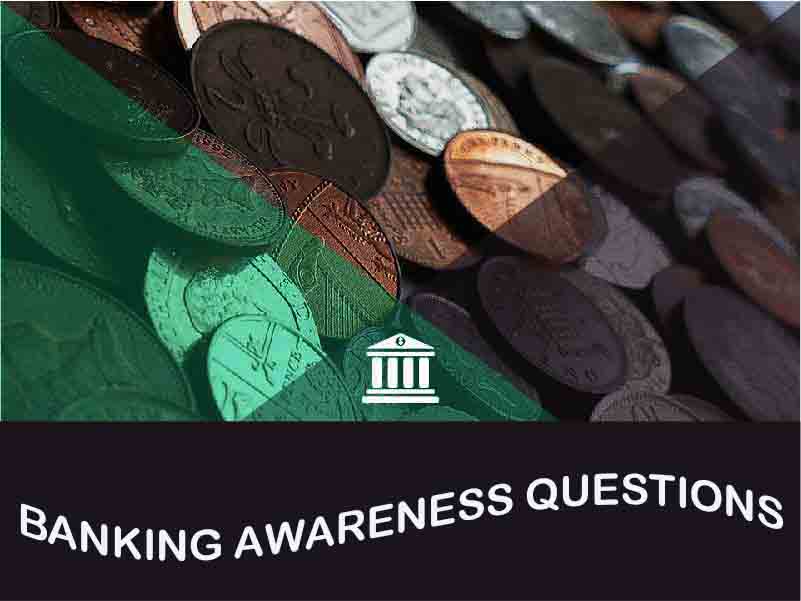Banking Sector Reforms in India
(A) FIRST PHASE OF BANKING SECTOR REFORMS / NARASIMHAN COMMITTEE REPORT – 1991:-Dear Aspirants
Here is a post which defines banking sector reforms in India. Banking in India has seen many reforms from time to time, with giving the new banking license as a new banking sector reform. here is a small material on Banking sector Reforms in India
To promote healthy development of financial sector, the Narasimhan committee made recommendations.
RECOMMENDATIONS OF NARASIMHAN COMMITTEE :–
- Establishment of 4 tier hierarchy for banking structure with 3 to 4 large banks (including SBI) at top and at bottom rural banks engaged in agricultural activities.
- The supervisory functions over banks and financial institutions can be assigned to a quasi-autonomous body sponsored by RBI.
- Phased reduction in statutory liquidity ratio.
- Phased achievement of 8% capital adequacy ratio.
- Abolition of branch licensing policy.
- Proper classification of assets and full disclosure of accounts of banks and financial institutions.
- Deregulation of Interest rates.
- Delegation of direct lending activity of IDBI to a separate corporate body.
- Competition among financial institutions on participating approach.
- Setting up asset Reconstruction fund to take over a portion of loan portfolio of banks whose recovery has become difficult.
Banking Reform Measures Of Government:-
On the recommendations of Narasimhan Committee, following measures were undertaken by government since 1991:-
- Lowering SLR and CRR: The high SLR and CRR reduced the profits of the banks. The SLR has been reduced from 38.5% in 1991 to 25% in 1997. This has left more funds with banks for allocation to agriculture, industry, trade etc. The Cash Reserve Ratio (CRR) is the cash ratio of a banks total deposits to be maintained with RBI. The CRR has been brought down from 15% in 1991 to 4.1% in June 2003. The purpose is to release the funds locked up with RBI.
Read More [wpdm_package id=’3718′]
[do_widget text]
























